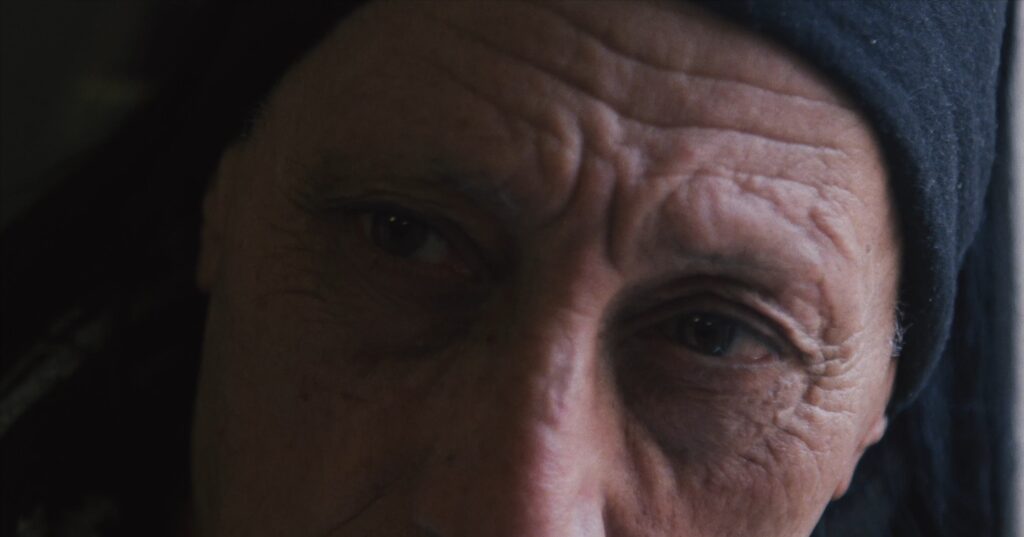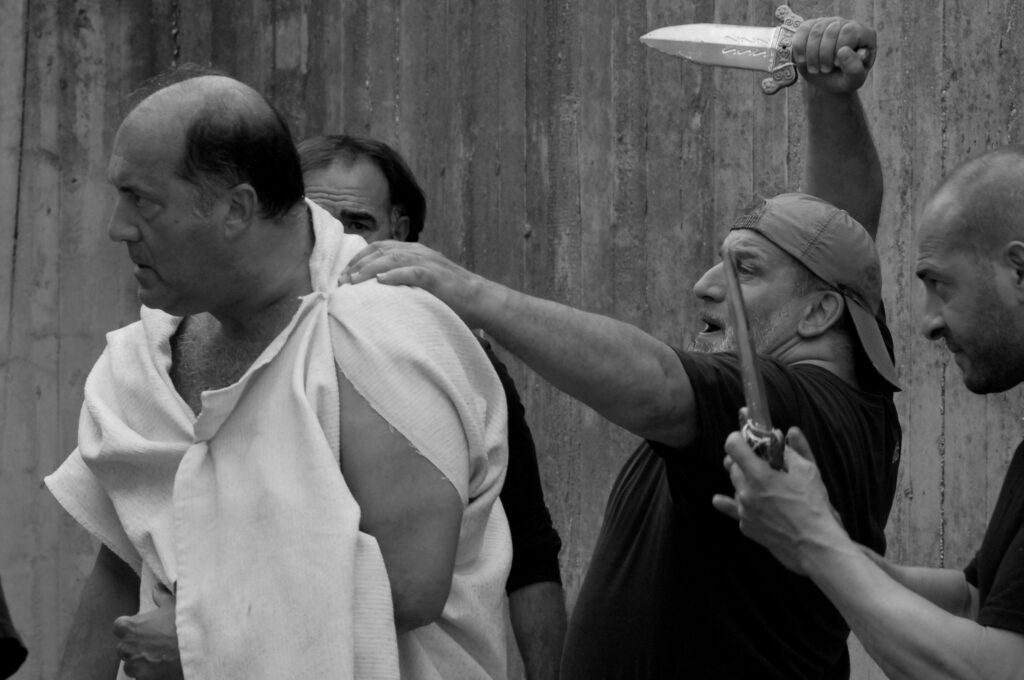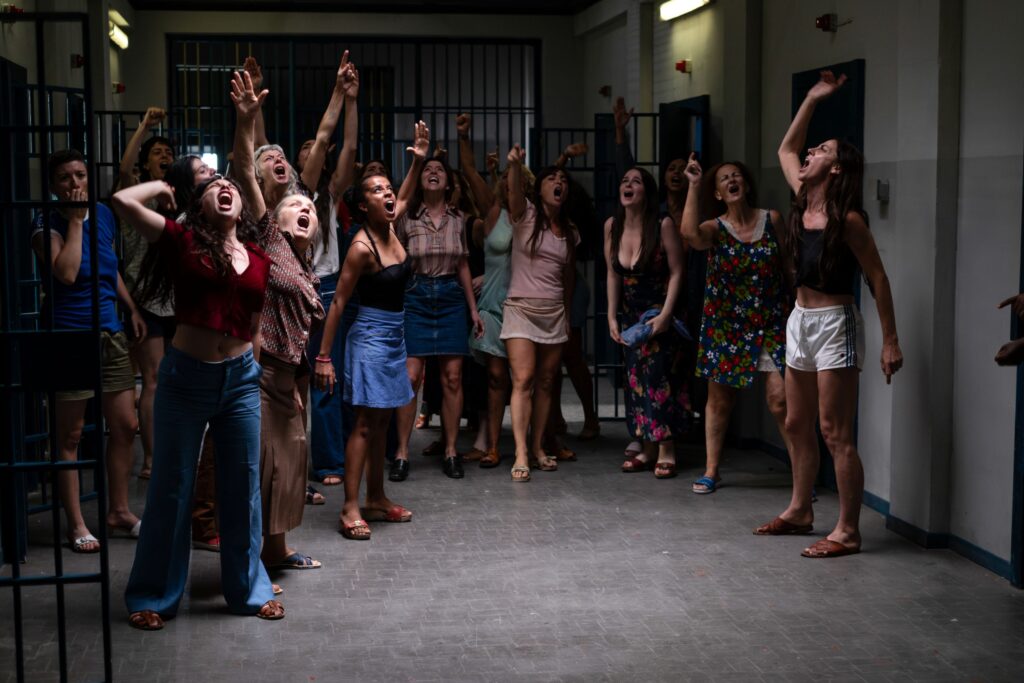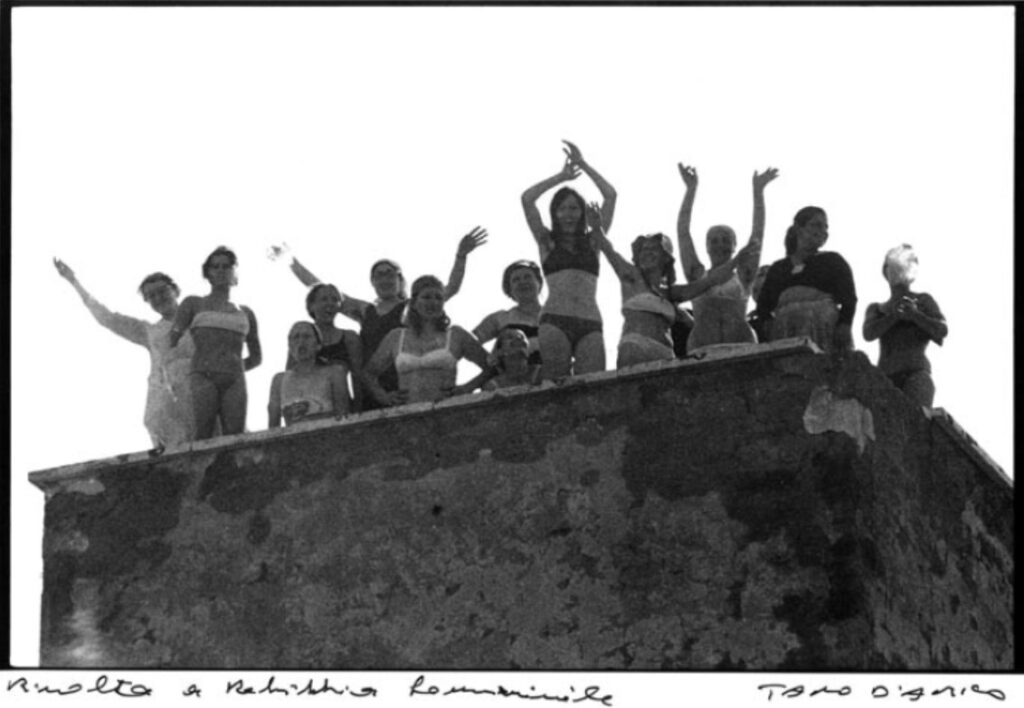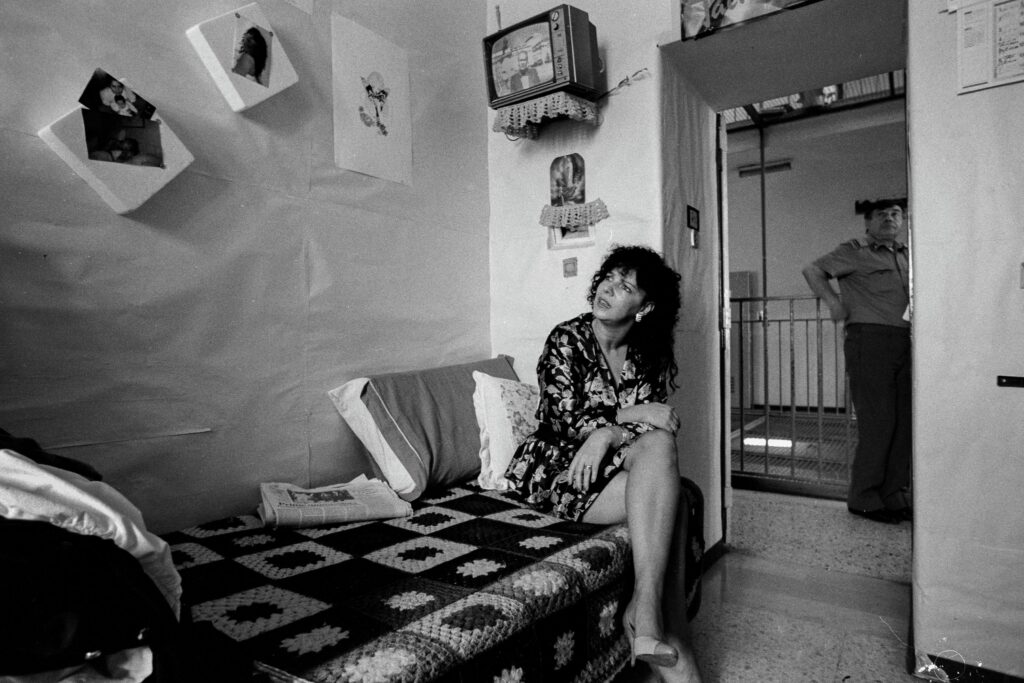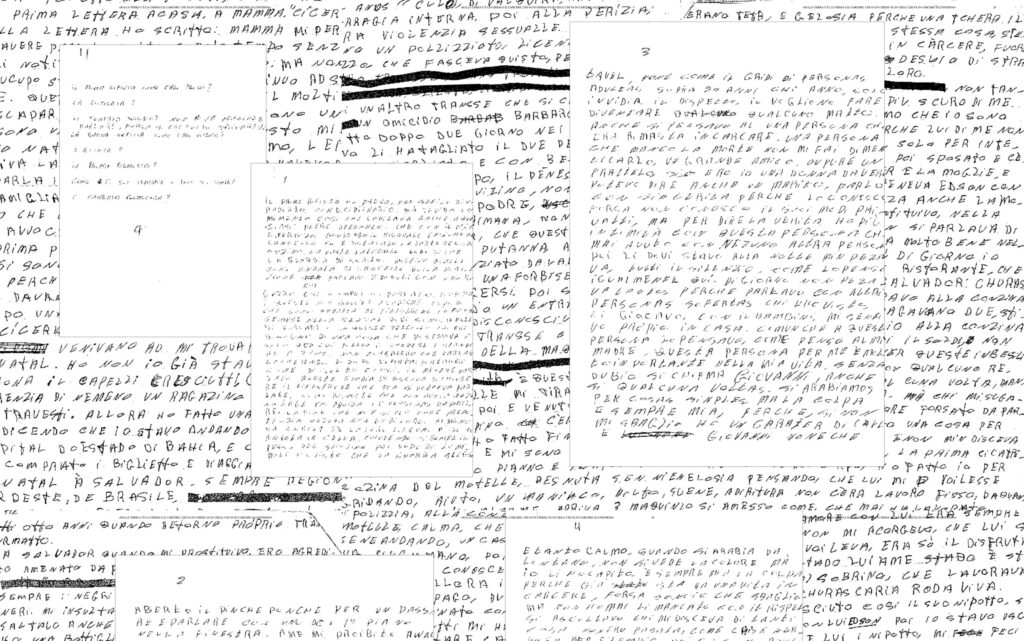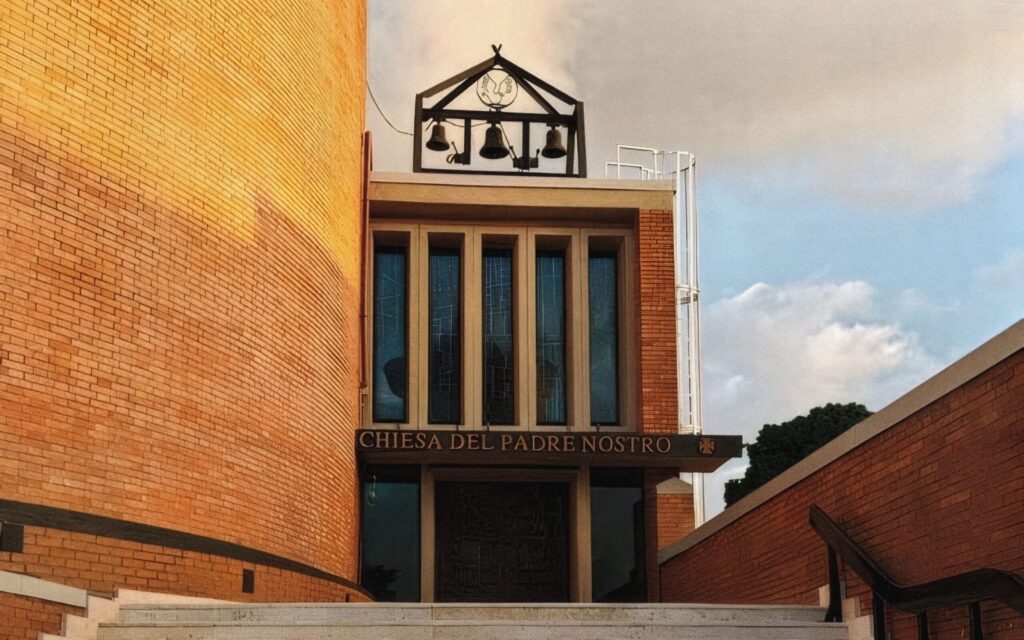The Political Kitchen
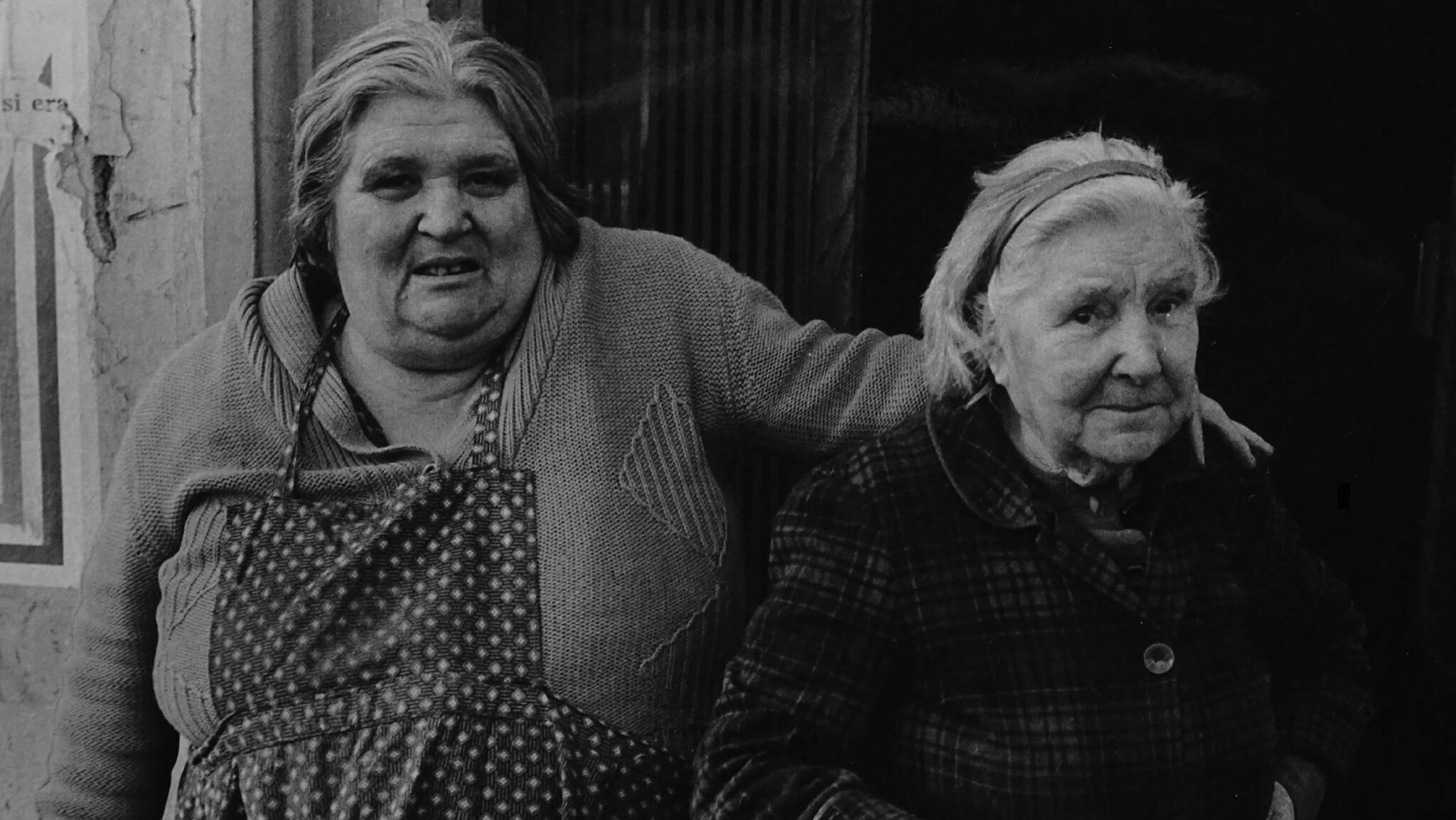
The old trattoria run by “sor” Domenico, also known as “da Domenico er faciolaro” (Domenico the Bean Seller), was primarily visited by workers from the former slaughterhouse, around which the working-class neighbourhood of Testaccio later evolved. Located on Via Galvani, just a hundred meters from the old slaughterhouse, this place was taken over in December 1973 by a group of eighteen young men and women (me included), who turned it into Rome’s first self-managed trattoria. The idea was to start an alternative kind of business and a different way of working: without a boss and without all the alienation relating to most conventional jobs. Despite the political buzz of those years, the inclusive atmosphere and a kind of sociality we can hardly dream about today allowed for the realisation of this almost-surreal project.
A year earlier, some of the eighteen had undergone a trial experience in another restaurant, along with the young son of the owners. That establishment was located on Via dei Fienili, in the old part of the city, and two years later, it appeared in a scene from Ettore Scola’s masterpiece C’eravamo tanto amati (We All Loved Each Other So Much), where friends and former partisans Nino Manfredi, Vittorio Gassman, and Stefano Satta Flores gather to order a “generous half portion” of bollito alla picchiapò, a traditional Roman dish.
A few years earlier, in 1969, Arthur Penn’s film Alice’s Restaurant had been released, inspired by an autobiographical song by Arlo Guthrie, the son of singer Woody Guthrie. The plot is about a group of young people who started a restaurant in a deconsecrated church.
Following in those footsteps and returning to the trattoria on Via Galvani, I remember that our internal statute resembled a kind of Communist Party Manifesto. The coordination of tasks was based on rotating weekly shifts, between dining room and kitchen duties, where everyone did everything, and everyone was free to contribute as they wished: some gave full availability, while others took on just a few shifts. This involvement was always influenced by various factors, such as one’s financial need or simply personal willingness to work. The principle was that the more one worked, the more ownership shares one earned, and the shares which could be reclaimed upon leaving the project.


At the time, in some leftist circles, it was common to take up work just to gain experience and to be able to say, even when coming from a wealthy family, that one had worked as a labourer, porter, or waiter: humble jobs, in other words. But this was only to feel a bit more proletarian, since these employments rarely lasted more than a few weeks or months. Real proletarians, however, had to pay rent and cover all necessary expenses to protect their independence and autonomy. Nevertheless, the general spirit was amazing, as it brought together people from all walks of life in a shared human and professional journey.
The patrons themselves were extremely mixed and reflected that spirit. At lunchtimes there were mainly by workers, office employees, teachers, and military conscripts. Afternoons were devoted to drinks and card games like scopa and briscola, where local Testaccio residents were kept under control by two elderly ladies, Irma and Emilia. The two were adopted into our venture for their genuine pleasantness, but also to learn traditional regional recipes and culinary skills from them. Irma and Emilia were like a female Laurel and Hardy, always bickering yet inseparable. One of their drinking mates, whom we called “Pietro il bottaro” was a craftsman from Via Monte dei Cocci. When he entered the trattoria for his customary half a litre of red wine, he would raise his fist and loudly cry out: “Comrades!”. When the wine was over, he would leave more money than he owed, and, saluting us in the same way he entered, would leave satisfyingly stumbling.
Among the diners, one might spot Dario Bellezza, Alberto Moravia, and even an unknown Roberto Benigni.
In his workshop, where he made barrels, Pietro crafted beautiful tables for our trattoria at a bargain price, charging us only for the raw materials. Initially, the older locals were somewhat suspicious; to them, we were strange “long-haired kids” in checkered aprons. But eventually, our trattoria became their favourite afternoon hangout, so much so that it became increasingly difficult to persuade them to go away so we could set the tables for the evening shift.
During dinner time, our rooms were crowded to the point of bursting, and you could meet all sorts of people: students, artists, intellectuals, writers, left-wing political figures, and ordinary folks all came together. It was an environment so diverse and heterogeneous that no one ever felt out of place or uncomfortable.
Among the diners, one might spot Dario Bellezza, Leonardo Sinisgalli, Carlo Monni, Alberto Moravia, and even an unknown Roberto Benigni, who at the time often opted for the “budget menu,” designed for those short of cash. The first budget menu, like everything else, was decided in an assembly at a very affordable price: 1,200 lire for a main course, a second course, a side dish, and even a quarter-litre of local wine.
Sundays were often reserved for meetings and assemblies, where discussions and decisions always had a political and cultural approach. On those occasions, roles and relationships within the group were also discussed. The women outnumbered the men, providing an excellent opportunity for the latter to engage in an exchange of views, learn, and grow.
During the first year, it was very hard to scrape together a salary. We paid ourselves very little because we used almost all the money to pay off the purchase bills of the restaurant. But, of course, since we worked in a trattoria, no one ever went starving.
This peculiar place was never officially named or marked with a sign; everyone called it whatever they liked, but it was mostly known as the “students’ trattoria.” It quickly became a significant meeting point in the city, hosting not only great feasts but also cultural events, concerts, and exhibitions. I remember one truly strange exhibition featuring paper tablecloths illustrated and drawn on by customers while waiting for their meals.
There were also the so-called “special Fridays,” when we had fun experimenting with international menus and recipes from around the world. The results were sometimes nothing special, as the basic ingredients, though of good quality, were often improvised compared with the original ones. It still makes me laugh remembering two curious Asian girls who ordered Indonesian fried rice. They had very surprised expressions at the sight of the dish. Then after tasting it, they said: “This isn’t Indonesian fried rice at all, but still veeeeeery good, thank you!”
In the main dining hall, there was an old grand piano, and often, after dinner, tables were pushed aside and we began to play music, sing and dance.
Among the most loyal patrons, I remember Massimo Consoli, one of the founding fathers of the gay liberation movement in Italy; friends and members from Teatro Circo Spazio Zero and the Popular Music School of Testaccio; those from Circolo Gianni Bosio; Michele Lombardi (known as Ele D’Artagnan, a naïve painter and extra in several Fellini films); and a large, faithful group from the newspaper il Manifesto, including Aldo Garzia and the twins Guido and Sandro Ruotolo, who never failed to sing a Tammurriata nera, a Neapolitan folk song. Sometimes, they would join us late at night from the Manifesto headquarters on Via Tomacelli and together with Valentino Parlato, Elisabetta Castellani, and many others, we would head off for a warm midnight soak at the Ficoncella thermal baths. Evening bartering was common as well: would bring these large pots of penne all’arrabbiata or rigatoni all’amatriciana to the workers at a nearby bakery and, in return, receive trays of cream-filled pastries and freshly baked croissants.
What began as an idea for a self-managed trattoria transformed into a crossroads of human connections.
We were also very well equipped in preparing hearty sandwiches for comrades attending political demonstrations of the time. Sometimes, we miscalculated the quantities, often ending up with dozens of surplus loaves of bread and did not know what to do with them. On one occasion, we piled them on a mezzanine between the two dining rooms, but a loaf fell and hit a customer on the head, fortunately without any serious consequences!
Over the years, the original group of eighteen underwent significant changes, with people constantly coming and going, both Italians and non-Italians. Some worked for just a couple of weeks or a month and then disappeared. I’ve tried many times to count them all, compile a list of everyone who took part in this eccentric and amazing project, but I had to surrender since it was an impossible task.

After a few years, some members of the group, aiming for a more professional and less improvised approach to work, left the trattoria and opened the legendary Cul de Sac in Piazza Pasquino, near Piazza Navona. That wine bar, still working today, has become one of the most renowned and appreciated in Rome.
What began as an idea for a self-managed trattoria transformed into a crossroads of human connections, a meeting point for diverse worlds and experiences, lasting until June 1979. However, starting in 1978, in the aftermath of the kidnapping and murder of Aldo Moro, the social and cultural atmosphere had changed profoundly. Repressive special laws and the darkening of the political climate manifested even within the trattoria’s walls, with plainclothes police officers, searches, and undercover agents mingling among customers to spy every movement and create an atmosphere of suspicion. The same authoritarianism we had worked so hard to eradicate with this shared dream began to show in unprecedented ways, and this undoubtedly contributed to the decline of such a special and perhaps unrepeatable project; a project that will forever live in the memory of those like me, who had the joy and privilege of being part of it.





